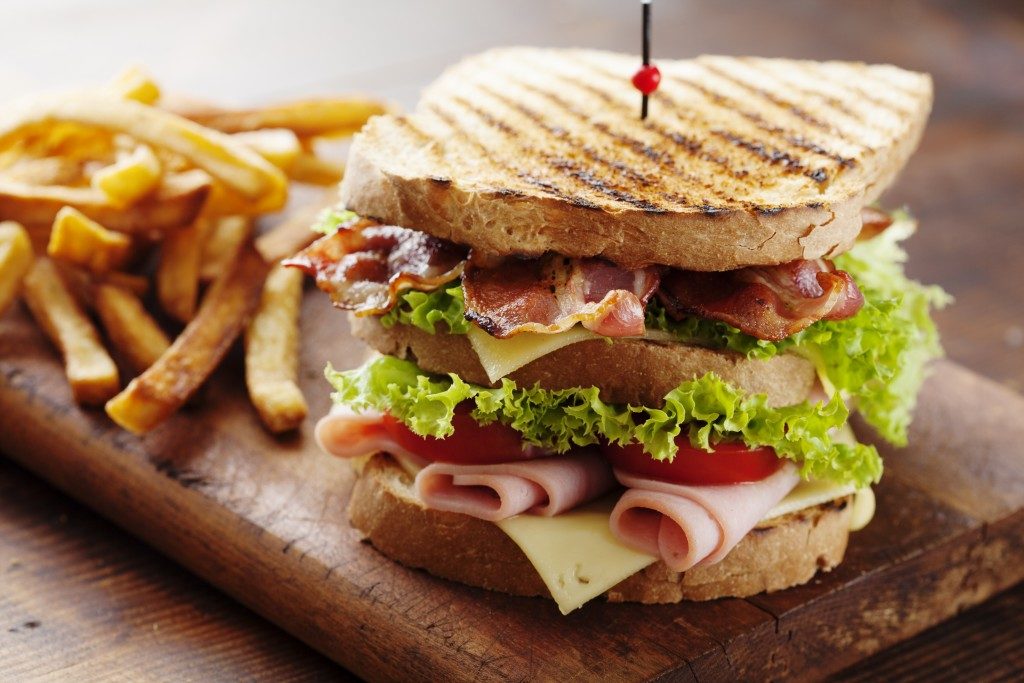When you’re looking for something to nibble on in the afternoon or when you’re hungry for a midnight snack, a nice sandwich is probably one of your best options. Sandwiches are easy to make, and you have as many options as you have ingredients.
If you want something simple, slap some peanut butter and jelly on white bread. Or you can smear avocado on some Brie and arugula to make a more complicated combination. The possibilities are endless, and the sandwich is one of the most common foods imaginable. You can make them in your kitchen, have them served in a gourmet restaurant, or buy them from a franchised sandwich shop.
But do you know that all sandwiches are descended from nobility? The story of the sandwich supposedly starts with a man named John Montagu.
Who Was John Montagu?
According to several sources, John Montagu was a notorious gambler and rogue who lived from 1718 to 1792. He also happened to be Viscount of Hinchingbrooke, Baron of the town of Saint Neots, and the 4th Earl of Sandwich. The title of Earl of Sandwich originated in 1660, bestowed to one of John’s forebears for exemplary services to the British Navy.
John Montagu was historically known for his voracious appetite for gambling and, according to one account, this led to the creation of the food that inherited his title. Legend has it that Montagu was so addicted to gambling, he ordered his kitchen staff to create a meal that he could eat without having to leave the card table. By necessity, the meal would also have to leave his hands free of utensils. The cook followed his orders and put some meat between two slices of bread, and voila, the sandwich was born.
Whenever the sandwich was created, it became popular by 1762. Edward Gibbon, a British historian and a Member of Parliament, noted that he had seen twenty to thirty of the most fashionable and influential men in England eating the delicacy. Sandwiches instantly became a must-have for teas and lunches, both as an appetizer and as an actual repast.
Despite its popularity in Britain, the sandwich won’t make it big across the Atlantic for over a century.
A Slice of History

A big reason for the sandwich’s late acceptance into American cuisine is how British its origins are. The United States declared independence from Britain in 1776, and its new citizens didn’t take too kindly to the sandwich’s origins from a British noble. Even its name was derived from Montagu’s position in the Empire’s nobility.
The sandwich would appear in American cookbooks somewhere between 1815 and 1816, but it wasn’t until the 1920s that it hit the mainstream. Modern machinery and industrialization made the mass production of soft white bread possible during this era. With cheap bread available to the public, and with sliced white bread coming to the markets in 1928, it became easier and more affordable to make sandwiches. The combination of convenient form and abundant ingredients made sandwiches a mainstay on American menus. To this day, multiple brands are labeled and marketed as “sandwich bread,” highlighting just how enthusiastic America embraced the food.
Over the years, nearly every component of the sandwich has changed. Jams can now be sugar-free, almond butter can replace peanut butter, and the bread itself can be free of gluten. However, no matter how much the ingredients change, one thing is for sure. Whether they’re complicated or simple, sandwiches are here to stay.

